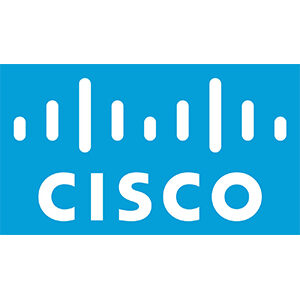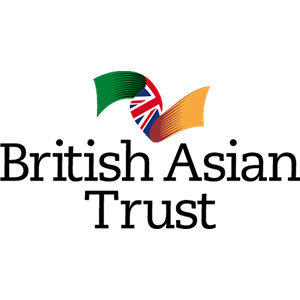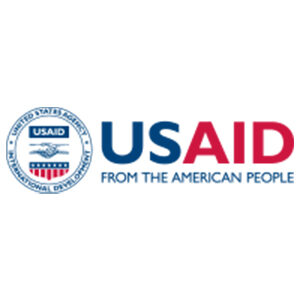.
Digital Green is developing and testing a digital platform prototype that integrates localized and relevant information from multiple sources for dissemination via mutually reinforcing analog and digital channels. Two use cases will demonstrate the efficacy of the technology for improving the productivity of smallholder farmers and the efficiency of agriculture extension advisory provision. Based on discussions with farmers, which elicited overwhelming demand for information to improve yields and manage infections of cashew crops, the first use case is focused on providing timely agronomic advisories that improve flowering by preventing flower drop and flower burn. Although agronomy experts in Andhra Pradesh know that flower drop can occur in prolonged drought-like conditions or frequent fog, and that flower burn is an attack by a fungus that occurs with frequent fog, there is no system for using weather data to formulate targeted advisories about either condition. Our work bridges this gap by integrating village-level weather data and forecasts with farm-specific data and soil information to contextualize and inform timely advisory messages. Messages reach farmers via two complementary channels — Digital Green’s video-enabled approach and interactive voice response (IVR) — so that farmers can take preventive measures to protect cashew trees. Delivery of critical weather-related information, like other dynamic content, is best suited for IVR, whereas video is more suited to static content. The prevalence of low literacy levels among the target population calls for the use of non-text based information delivery channels.



In 2017, we expanded Loop to the state of Maharashtra, India, with support from British Asian Trust, and in Bangladesh, as part of the Feed the Future Developing Local Extension Capacity project.
